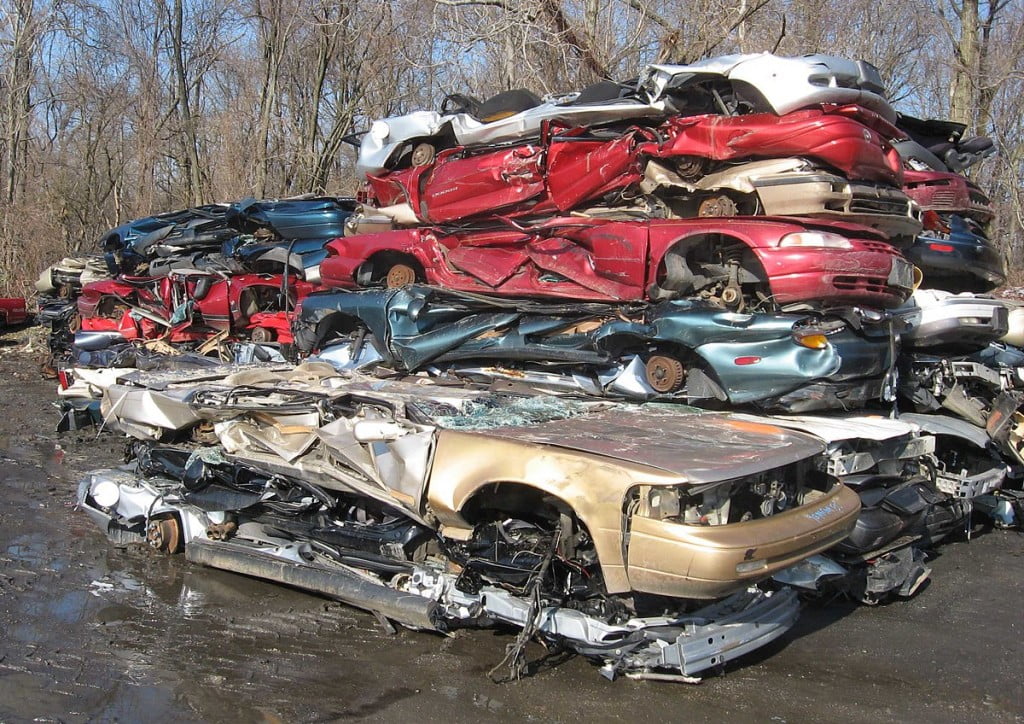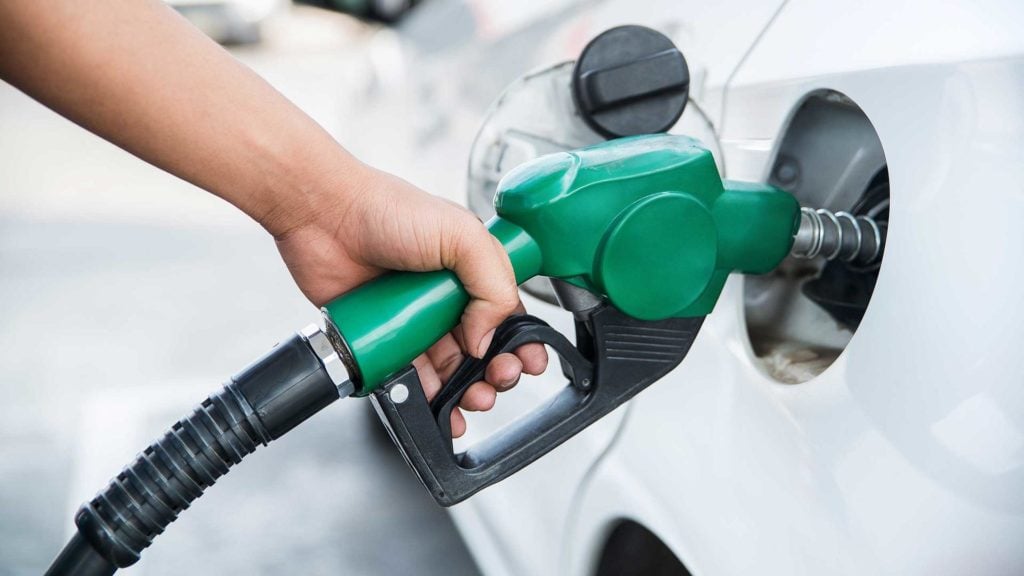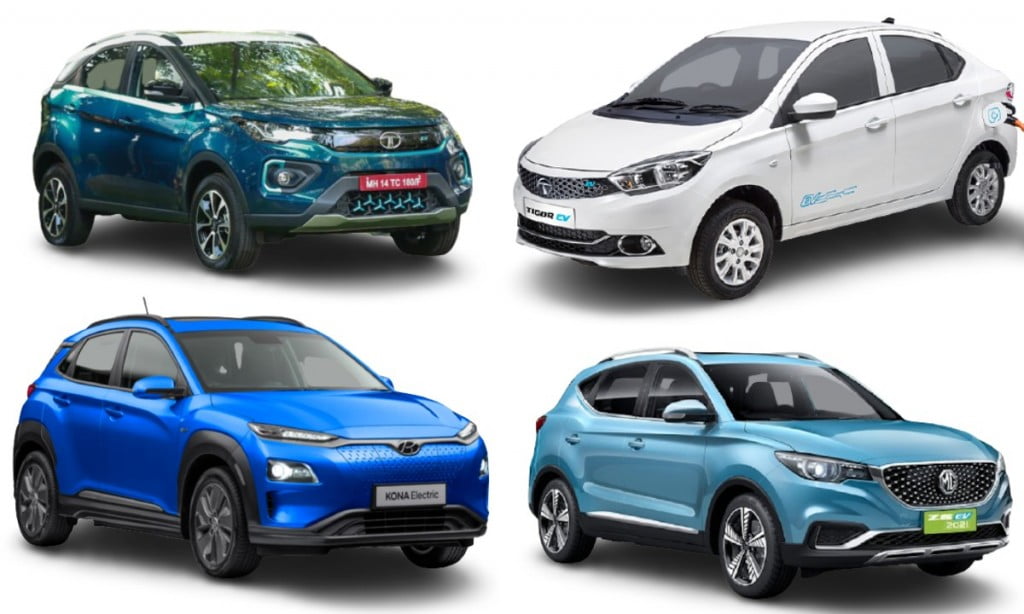In today’s day and age, India is among the most polluted countries in the world, with a significant part of its pollution being caused by vehicles. Here, we’ve put together some tips to reduce pollution from vehicles
Vehicular Pollution is a menace that all the countries across the globe are struggling against. The harmful emissions released by the vehicles cause damage not only to the environment but also to the health of people breathing in that air. With Governments becoming more conscious about their respective carbon prints to slow down Global Warming, stringent emission regulations are in place in most countries. Moreover, these regulations keep getting stricter with almost every passing year in order to meet the Zero-Emission from vehicles target in a decade or so, that most countries have set for themselves. India is the world’s 5th largest car manufacturer and plays a crucial role in working towards minimizing the environmental pollution caused by vehicles in the global scenario. Therefore, some active policymaking along with modern technologies become relevant in achieving this. In case you’ve been wondering how to reduce vehicle pollution in India, here are some of the modern policies and technologies that are either in place at moment or planned for the immediate future to ensure a better environment in times to come.
Also read: What is A Hydrogen Combustion Engine – Pros and Cons!
How to Reduce Vehicle Pollution in India – Policies and Technologies
Scrappage Policy
The much talked about, Scrappage Policy took a long time coming but it finally here. There are millions of dysfunctional vehicles that have been dumped on the roads or other public spaces by their owners due to being too old to function properly. Since there was no official way to scrap your old vehicle, they have been getting decayed at various places in the public space. Needless to say, that has caused a ton of environmental pollution in terms of air, land and water pollution. This has, over time, become a major health hazard for a whole lot of people residing in the nearby areas. To tackle this, the Government of India brought in the scrappage policy, wherein the owners of old vehicles will be able to go to their nearest scrappage centre to give away their vehicles. At these centres, the automation process will ensure proper scrapping of the vehicle and the recyclable parts will be collected. The harmful liquids from the vehicles will be disposed of properly.
Also read: Types of Sensors in a Car – Air, Knock, Temperature, Speed, Parking and more!

To make this process accessible and popular, Government will announce a few incentives that will motivate the owners to go through with this process. This includes things like cash discount on the purchase of the next vehicle, reduction in registration or road taxes and things like these. Also, the vehicles which are older than 15 years (for private use) and 20 years (for commercial) use will have to go through regular fitness tests to ensure that their vehicles don’t cross the emission limit. If these vehicles fail this fitness test, they will be deemed illegal for roads. This is a positive step towards tackling the issue of environmental pollution in the long run and the effects might be visible in a couple of years’ time.
Also read: What are SOHC, DOHC & OHV – Advantages and Disadvantages of each!
Alternative Fuels
Of course, in case you’ve been wondering how to reduce vehicle pollution in India, an obvious answer would be to curb the usage of conventional fuels: Petrol and Diesel. In addition to causing air pollution, these are manufactured from non-renewable resources, which are depleting rapidly. The need to shift to other sustainable forms of energy sources is of utmost importance. The Government is pushing for CNG and Ethanol-blended fuels to ensure a smooth transition from internal combustion engines to electric powertrains. EVs will take a long time to become a mass-market phenomenon due to various challenges at this time. Hence, a transition phase is necessary to reach there which might be achieved through these alternate fuel usage. The most useful features of using such fuels include making almost no changes to the engine, retrofitting the old engines with such mechanical components, ease of production through organic methods.
Also read: Front, Mid and Rear Engine Cars – Pros and Cons!

The prime example apart from CNG usage is the Ethanol-blended fuels. Ethanol can be manufactured relatively easily. Or in the case of Bio-Diesel, it can be produced by corns which could be grown easily. A small blend of Ethanol (for instance, upto 20%) doesn’t require changes to the engine mechanicals. Some parts of India are already selling 8% Ethanol-blended fuel and the Government aims to achieve 20% Ethanol-blended fuel (also known as E20) by 2025. This will reduce the overall requirement of fuel by the country and also contribute towards cleaner emissions.
Also read: How Safety Features has evolved over the years in India!
Electrification
We, of course, can’t talk about minimizing vehicular pollution without talking about Electrification. Electric Vehicles are the long-term solution to tackle and curb the issue of vehicular emissions. A few of the countries have already taken a giant leap ahead in this field which includes the Scandinavian countries (Sweden, Norway, Finland) in general along with the Netherlands. The US and China have high volumes of EVs and the number is growing rapidly. As a matter of fact, the EV segment, although very small in India, is also witnessing steep growth over the past couple of years. The future only seems to go in one direction with the carmakers working hard on improving the infrastructure for EVs in the country. The EV segments in India are also diversifying steadily. We have few options for buying an entry-level EV (Tata Nexon, MG ZS EV, etc). Then we have the ultra-luxury EVs in the form of Mercedes-Benz EQC and Jaguar I-Pace. Now, Tesla is about to come up with its first offering in our market which will most likely sit somewhere in between these segments.
Also read: Working of Synchronous and Induction Electric Motors in Electric Vehicles!

The challenges that the electrification process is facing currently are the lack of infrastructure, range anxiety in customers, substantially high initial costs (almost 1.5 times the price of the same car with an internal combustion engine), charging times, etc. However, it is only a matter of time before technology advances so much that these issues might no longer exist. That is why, in the meanwhile, hybrid powertrains and alternate fuels are gaining popularity and have almost become necessary. Also, many carmakers have completely walked away from diesel engines for good. Many others have set a deadline for themselves to stop manufacturing internal combustion engines completely in the coming years. The government of India also imparts subsidies for buying electric cars in India in a bid to promote the mass adoption of EVs which is a great initiative.
Also read: Working of Electric, Hydraulic and Electrohydraulic Power Steerings!
We believe we’ve been helpful with helping you find out how to reduce vehicle pollution in India. For more such posts, do stay tuned to CarBlogIndia!
The post How to Reduce Vehicle Pollution in India? appeared first on Car Blog India.
from Car Blog India https://bit.ly/2Ufa4Lw
Comments
Post a Comment